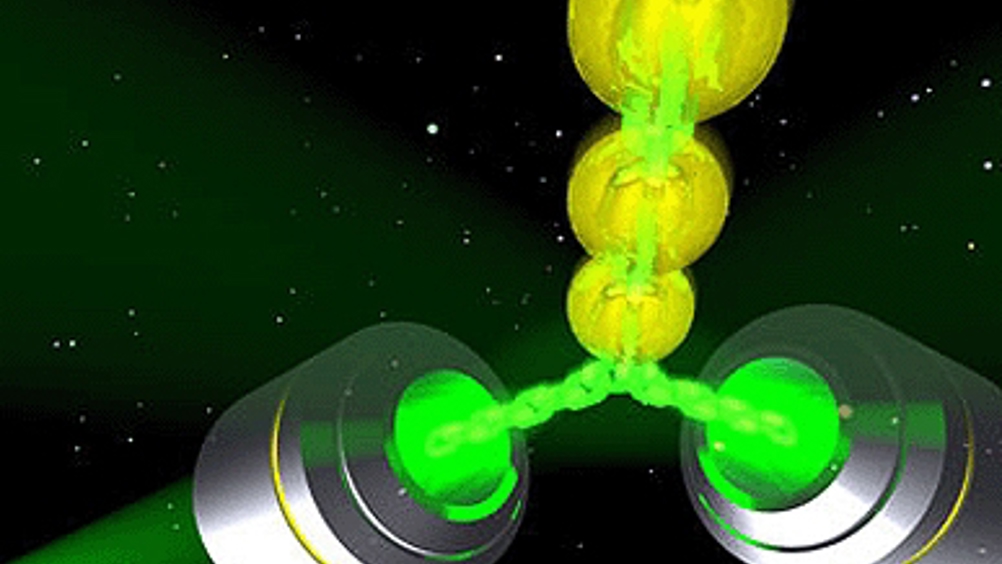Real-life 'tractor' beam allows ray of light to attract objects
Scientists from Scotland and the Czech Republic say they have created a real-life ‘tractor’ beam that allows a beam of light to attract objects.

Light manipulation techniques have existed since the 1970s, but the University of St Andrews said this is the first time a light beam has been used to draw objects towards the light source, albeit at a microscopic level.
Researchers from the University of St Andrews and the Institute of Scientific Instruments (ISI) in the Czech Republic have found a way to generate an optical field that efficiently reverses the radiation pressure of light.
The new technique could lead to more efficient medical testing, such as in the examination of blood samples.
In the US science-fiction show Star Trek, a tractor beam was a method of using a beam of light that could pull spaceships and other large objects towards the source of the light.
The team, led by Dr Tomas Cizmar, research fellow in the School of Medicine at the University of St Andrews, with Dr Oto Brzobohaty and Prof Pavel Zemanek, both of ISI, discovered a technique that will allow them to provide ‘negative’ force acting upon minuscule particles.
Register now to continue reading
Thanks for visiting The Engineer. You’ve now reached your monthly limit of news stories. Register for free to unlock unlimited access to all of our news coverage, as well as premium content including opinion, in-depth features and special reports.
Benefits of registering
-
In-depth insights and coverage of key emerging trends
-
Unrestricted access to special reports throughout the year
-
Daily technology news delivered straight to your inbox










Water Sector Talent Exodus Could Cripple The Sector
Maybe if things are essential for the running of a country and we want to pay a fair price we should be running these utilities on a not for profit...